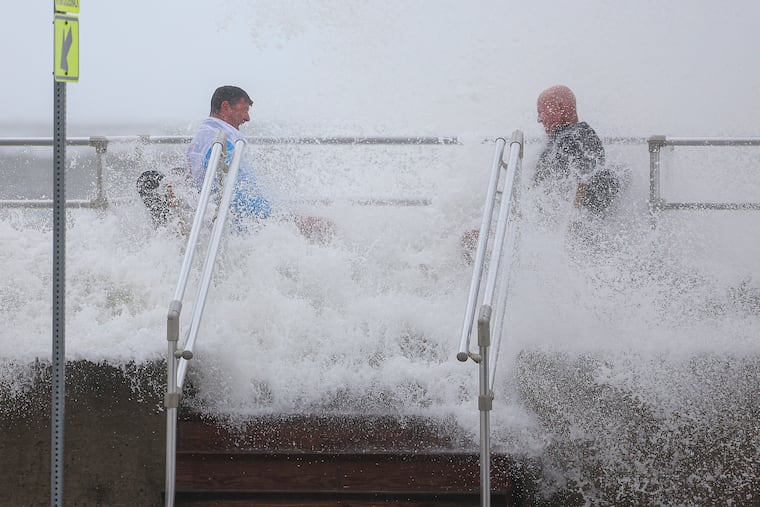Jersey Shore beaches experience significant sand loss and dune damage from recent storm.
In the lead-up to what is typically regarded as the peak season for nor’easters, recent storms have significantly impacted the coastal landscapes of New Jersey. Following the aftermath of an offshore hurricane and destructive winds, this week’s powerful nor’easter has caused extensive beach erosion and further compromised the integrity of protective dune systems, as reported by the New Jersey Department of Environmental Protection.
The department’s preliminary evaluation indicates varying degrees of erosion along the coastline. Areas on Long Beach Island, as well as regions stretching from Strathmere to Cape May, experienced “moderate to major erosion,” while Brigantine through Ocean City faced “moderate to minor” sand losses. The recent storms reflect a troubling trend of damage that has persistently affected the beaches for nearly two months, beginning with the impact of Hurricane Erin in August.
Despite remaining offshore, Hurricane Erin generated winds and waves that resulted in at least minor erosion for approximately 85% of New Jersey’s beaches. Notable areas like Avalon, Ocean City, Strathmere, and North Wildwood observed more pronounced sand losses categorized as “moderate.” Contributing to the devastation, repeated occurrences of onshore winds have prevented the beaches from adequately recovering in the aftermath of similar events since mid-August.
Experts underscore the long-term adverse effects of these coastal storms. As Kimberly McKenna, interim chief of the Stockton University Coastal Research Center, noted, the consecutive storms and ongoing wind conditions have hindered the natural replenishment of sand over time. The situation could have escalated even further if the recent storm’s winds had coincided with high tide, according to insights from former National Weather Service meteorologist Jim Eberwine.
Looking forward, meteorologist Eric Hoeflich indicated that the region may be spared from onshore winds in the immediate future. Last year, the area faced no significant nor’easters, a situation seen as unusual given climatological patterns indicating a transition into a stormier season. Predictions suggest that several storms could impact the shoreline as winter approaches, with Dave Dombek from AccuWeather noting the inevitable interaction of colder and warmer air masses that lead to nor’easter formation.
Despite the current calmness, officials highlight that no new federal beach replenishment projects are in planning, marking a concerning first in this century due to funding constraints. Howard Marlowe, a prominent coastal advocacy figure, pointed out that the absence of financial appropriations for shore protection measures could have long-lasting implications for New Jersey’s vulnerable coastal communities.







